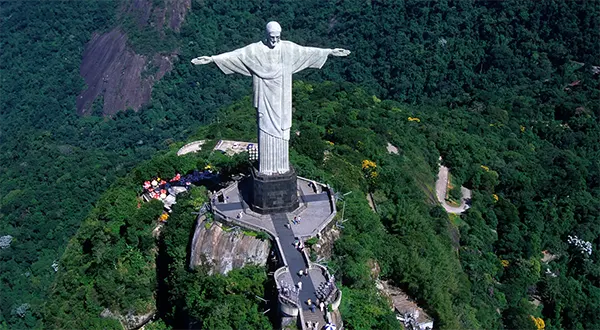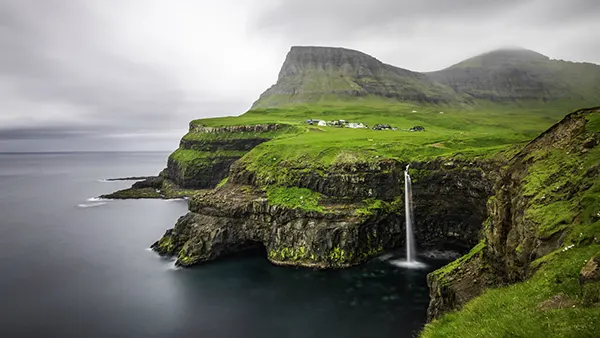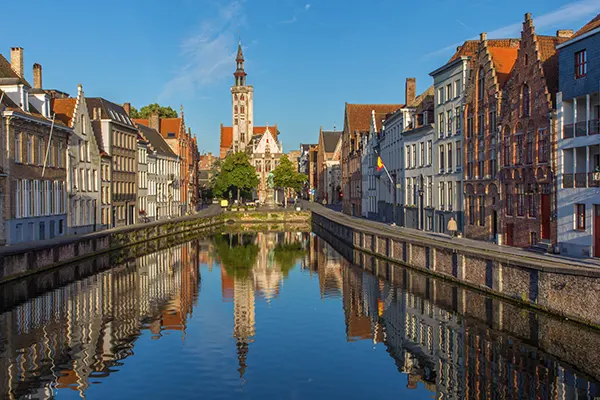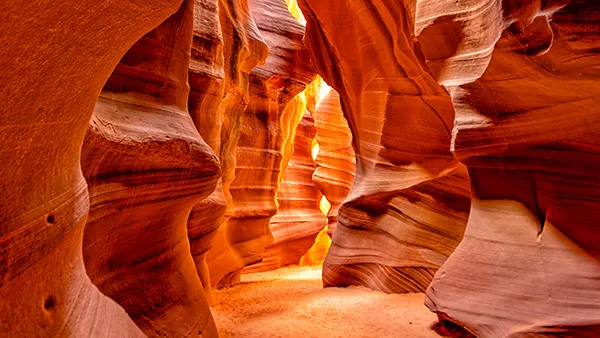
Antelope Canyon, Arizona, USA – A Natural Masterpiece of Light and Shadow
Antelope Canyon in Arizona is one of the most captivating natural wonders in the United States. Formed by centuries of flash flooding and wind erosion, this slot canyon has become a symbol of geological beauty and a prime example of nature’s artistic potential. Located on Navajo land near Page, it attracts photographers, hikers, and nature lovers from all over the world.
The Geological Formation and Structure
Antelope Canyon is primarily composed of Navajo sandstone, shaped over millions of years by the relentless force of water. Seasonal flash floods, particularly during the summer monsoon, have carved out the narrow passageways that give the canyon its unique sculpted walls and flowing forms. The soft sandstone absorbs and reflects light in remarkable ways, giving the canyon its iconic glow.
The canyon consists of two main sections: Upper Antelope Canyon (Tsé bighánílíní – “the place where water runs through rocks”) and Lower Antelope Canyon (Hazdistazí – “spiral rock arches”). While both are formed by the same processes, their structures differ significantly. Upper Antelope is wider and more accessible, while Lower Antelope is narrower and requires climbing and manoeuvring through tight spaces.
Visitors often describe the experience of walking through these narrow crevices as stepping into a surreal world. The curvaceous sandstone walls tower above, filtering the sunlight into a spectrum of red, orange, purple, and gold tones. This interaction between rock and light transforms the canyon into a living artwork that changes with the time of day and the angle of the sun.
Access and Visitor Experience
Antelope Canyon lies within the Navajo Nation and can only be visited through guided tours managed by licensed Navajo operators. These tours are essential for ensuring both visitor safety and the protection of the fragile environment. Access is restricted, particularly during periods of heavy rain when flash flooding can be extremely dangerous.
Visitors typically start their journey in Page, Arizona, a small town that serves as the main hub for tours. From there, guided vehicles transport guests to the canyon entrances. Upper Canyon tours are relatively flat and easy to walk, making them popular with families and photographers. In contrast, the Lower Canyon offers a more adventurous route with staircases and ladders, ideal for more physically prepared travellers.
To capture the canyon’s luminous beauty, it’s best to visit between late morning and early afternoon, when sunlight beams penetrate directly into the openings. These beams, especially visible in the summer months, create dramatic visual effects that have become iconic in landscape photography.
Cultural and Environmental Significance
Antelope Canyon is more than a visual spectacle – it holds deep cultural importance for the Navajo people. The canyon is considered a sacred site, symbolising harmony with nature and spiritual renewal. Visitors are encouraged to approach their tours with respect for the land, its history, and its spiritual meaning to the indigenous community.
Educational efforts by Navajo guides play a vital role in preserving this cultural heritage. During the tours, guides share stories, legends, and geological insights that enrich the visitor experience. They also help maintain the delicate balance between tourism and conservation by monitoring behaviour and preventing damage to the sandstone walls.
The canyon’s popularity has raised environmental concerns, particularly related to erosion, overcrowding, and waste management. In response, strict visitor limits and sustainable tourism practices have been implemented. These include timed entries, reduced group sizes, and a ban on unsupervised access. By preserving the integrity of the site, both natural and cultural, future generations can continue to experience its wonder.
Safety and Preservation Measures
Flash floods remain the greatest risk for visitors, having previously led to tragic incidents. Tour operators now monitor weather conditions closely and cancel tours at the slightest risk. Warning systems and evacuation procedures are also in place to protect both tourists and guides.
In addition to natural dangers, human impact is a constant concern. Touching the canyon walls is discouraged, as the sandstone is soft and can easily erode. Photography is allowed, but tripods and large gear are restricted to specific tour types to limit disruption.
Preservation efforts are ongoing. A portion of tour revenue is invested back into conservation, education, and local infrastructure. The collaboration between the Navajo Nation, conservationists, and tourism bodies aims to maintain a delicate equilibrium between access and protection.
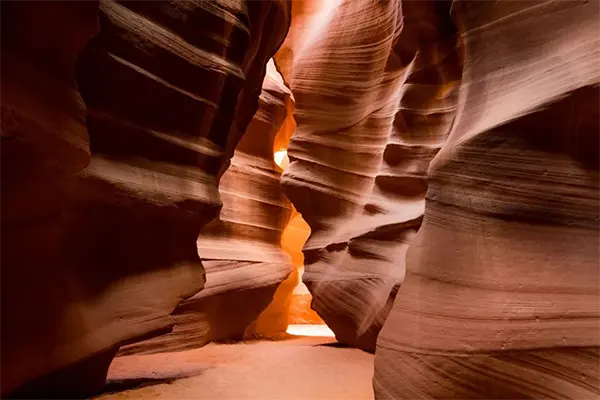
Planning Your Visit in 2025
As of February 2025, Antelope Canyon remains a top travel destination in the American Southwest, though advanced planning is essential due to high demand. Tours should be booked weeks in advance, especially during peak season (March to October). Most tour companies offer real-time availability online and require prepayment and confirmation due to limited slots.
Current ticket prices range from $50 to $120 depending on the tour type, duration, and time of day. Premium tours, which align with the light beam hours or offer extended photo sessions, are typically more expensive. It’s important to arrive early, bring valid identification, and follow the instructions provided by your tour guide at all times.
Visitors should wear comfortable footwear, bring water, and dress appropriately for desert conditions. While Antelope Canyon is relatively short in walking distance, the sun, sand, and tight passages can be physically demanding. There are no restrooms on-site, so visitors must prepare accordingly before departing from Page.
Nearby Attractions and Alternatives
Beyond Antelope Canyon, northern Arizona offers a wealth of scenic and cultural destinations. Horseshoe Bend, located just a short drive from Page, provides a dramatic view of the Colorado River and is a popular stop before or after a canyon tour. Lake Powell, another nearby attraction, offers opportunities for boating, kayaking, and scenic cruises.
For those looking to explore additional slot canyons, alternatives like Canyon X and Water Holes Canyon provide similarly stunning experiences with fewer crowds. These lesser-known locations also require guided tours but offer more solitude and flexibility in scheduling.
Combining a visit to Antelope Canyon with other attractions creates a well-rounded itinerary that showcases the diverse beauty of the American Southwest. Whether you’re interested in nature, photography, or indigenous culture, the region offers profound experiences that resonate long after the journey ends.



